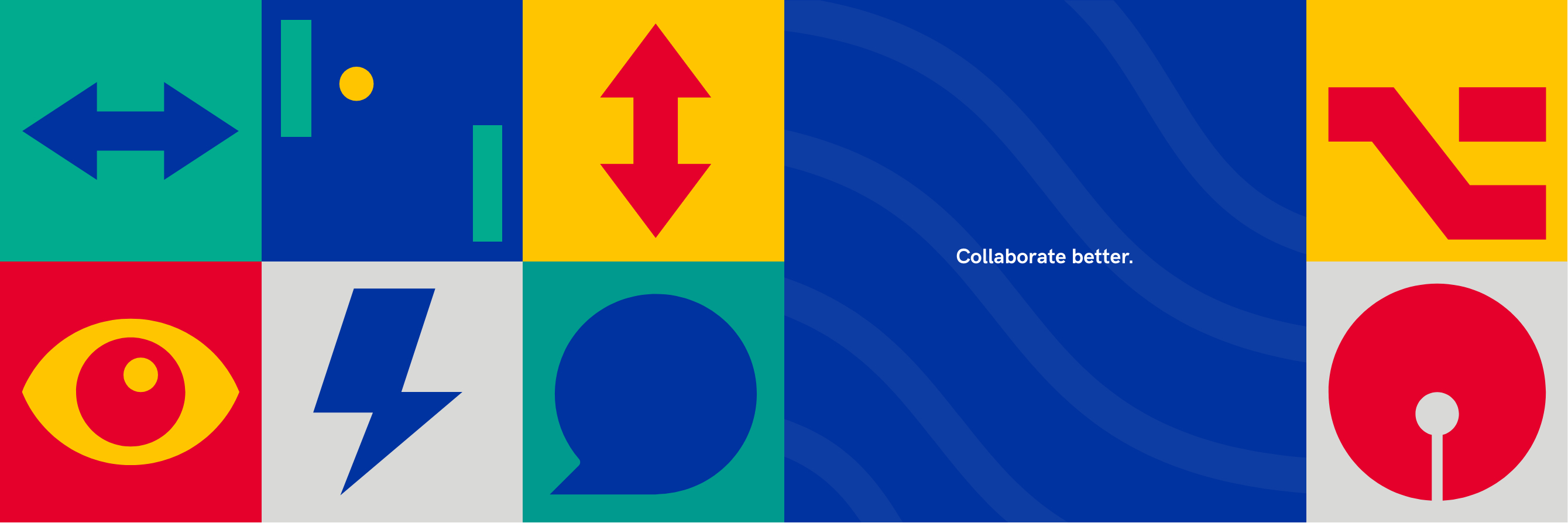
Blog, Published in admin06.09.24
”The management system doesn’t work in reality”
Blog, Published in admin | 06.09.24
Have you heard it before? If you have worked with audits, quality management or management systems for more than a day, we can almost guarantee it. So what is the solution? No solution is universal, but we strongly believe that employee engagement is the key to success. By involving employees in the work with your management system, you will not only get more up to date processes, you also get a system that is more in line with reality and an anchoring of your actual ways of working. Hopefully, you will also get some strong ambassadors out in your operations.
A reality-based management system means that you actually practice what you preach and can work in a more sustainable way with continuous improvements that provide real value for the company, employees and customers.
That sounds like a dream, doesn’t it? But how do we practice it in reality? Below we list five of our tips.
1. Create forums
To increase employee engagement, we recommend some form of recurring forum where employees are given the chance to be involved in the implementation and development of the management system. In the forum, you can also take the opportunity to test how easy your management system is to navigate, and most important, to find the right processes, documents and information.
Through the employees’ insights and experiences, you can get valuable data for your process development and your continuous improvement work. And don’t we all like to get confirmation that our skills and knowledge have a real impact on decisions?
2. Communicate your vision and goals
Ensure that employees understand the purpose and goals of the system, and what benefit does it bring to them? Communication is key. It is not necessary to go into details about ISO 9001, ISO 14001, ISO 45001, ISO 27001 or FR2000, but highlight how the management system benefits both the organization and the employees themselves.
Examples of how this can benefit employees are a more efficient workplace that makes it easy to find the right information and documentation, but also increased understanding of how the company’s various processes are connected.
3. Delegate responsibilities
A hot tip is to create working groups or teams that are responsible for different parts of the management system. Surely we feel greater ownership and responsibility when we are trusted? And many of us also enjoy working in groups and being able to exchange ideas and experiences. With a system like InSight Perform, this can be done through different roles in the system such as process owner, approver, reviewer and even author of documentation in the system.
4. Promote interest in continuous improvement
Encourage employees to constantly seek ways to improve processes and procedures in the management system. This can be done in several different ways, for example by announcing a competition for best improvement or inviting to edit/contribute to process maps, asking for suggestions for new routines, checklists or instructions that help both existing employees, but also new people who join the organization.
It can also be as simple as asking questions, for example asking an employee: How would you like to make this work task different or better? Employees can thus actively contribute to making the organization better.
Think about how you collect and manage suggestions for improvement and deviations. One of our “go-to” tips is to keep it simple for those who are going to report. We want to keep the threshold as low as possible, so that reporting in itself does not constitute an obstacle to actually contributing to continuous improvement.
Pssst… Did you know that we also have a tool for improvement and deviation management?
5. Using digital tools and platforms
To put it bluntly, a management system can be documented in an “ISO binder” with a poor HSEQ manager who will bear all the responsibility for version management, timeliness, quality assurance and more, but we advocate doing it in a modern and digitized way.
Digital tools and platforms facilitate collaboration, information sharing and division of work around the management system and your working methods.
We are also very proud that our product for management systems is designed to make it easy for the user to find the right way, do the right thing and do it easily! User-friendliness is key.
Bonus tip:
Communication, communication, communication… Talk about your management system, talk about it often, and talk in a way that relates to the person you want to be reached by your message.
Summary
ISO 9001, ISO 14001, ISO 45001, ISO 27001 or FR2000? Regardless of which standard you work with, or perhaps even no standard at all – employee engagement is a central part of succeeding in ensuring quality and creating uniform ways of working.
If you succeed in this and also combine it with a product that is user-friendly and flexible, you have a good foundation for creating world-class management systems.
Tillbaka